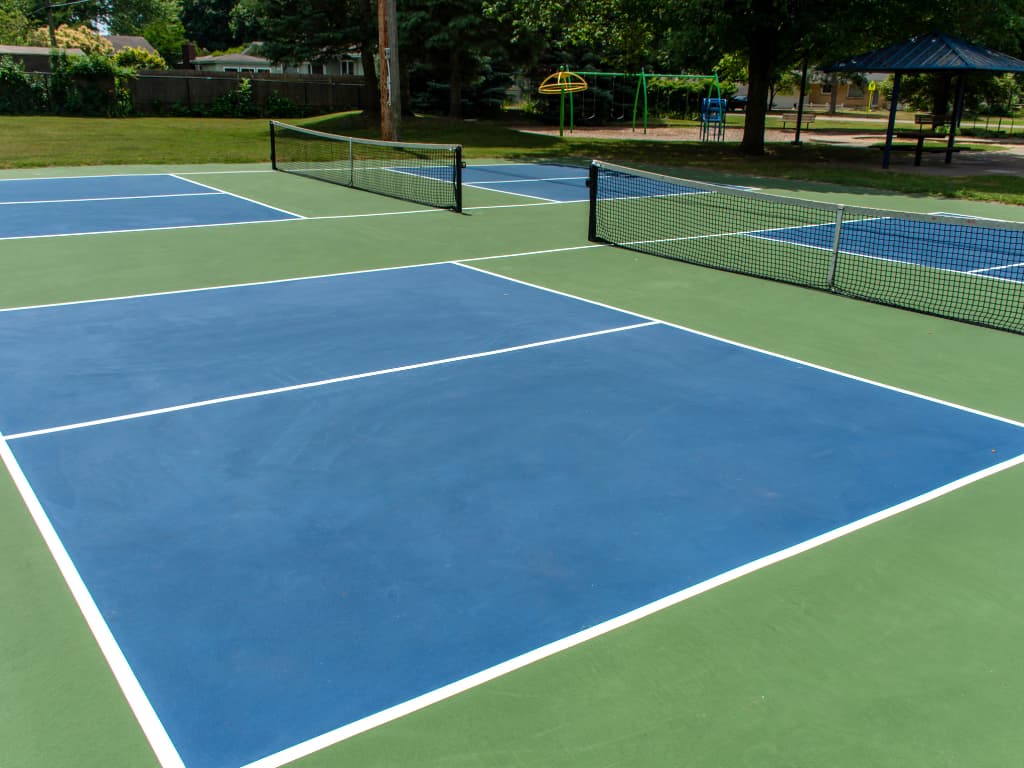How to Restore Worn-Out Pickleball Courts to Their Former Glory
Pickleball is rapidly gaining popularity across the UK, with many communities and sports facilities incorporating dedicated courts to meet the demand. However, like all outdoor sports facilities, pickleball courts can experience wear and tear over time, especially with high foot traffic and exposure to the elements. If your court is beginning to show signs of age, it may be time to consider restoration to bring it back to its prime. In this blog post, we’ll explore how to restore worn-out pickleball courts to their former glory and ensure they remain safe, functional, and visually appealing for players of all skill levels.
Signs Your Pickleball Court Needs Restoration
Before diving into the restoration process, it’s important to recognise the signs that your pickleball court is in need of attention. Common signs of wear and tear include:
- Cracks and Surface Damage: Over time, courts may develop cracks, which can lead to uneven surfaces. This can affect the playability of the game and even present safety hazards.
- Fading Court Lines: As the court surface is exposed to sunlight and weather conditions, court lines can fade, making it difficult for players to see boundaries clearly.
- Worn-out Surface Texture: A smooth surface can lead to slippery conditions, while worn-out surfaces may be too rough, making gameplay uncomfortable.
- Poor Drainage: Standing water due to poor drainage can cause long-term damage to the surface and make the court unsafe to play on after rain.
If any of these issues sound familiar, it may be time to consider a restoration.
Steps for Restoring a Pickleball Court
Restoring a pickleball court is a detailed process that requires the expertise of professionals to ensure the job is done correctly. Here are the key steps involved in restoring your court:
1. Surface Cleaning and Preparation
The first step in the restoration process is thoroughly cleaning the court surface. Over time, dirt, debris, and moss can build up, which can affect the quality of the resurfacing. Pressure washing the court ensures that the surface is free from contaminants, allowing new layers to bond properly.
Once the court is clean, we assess the condition of the surface to determine whether cracks or other damage needs to be repaired before resurfacing.
2. Crack and Damage Repair
Cracks and surface damage are common in older pickleball courts, especially if the court is made from asphalt or concrete. To repair the damage, cracks are cleaned, filled, and smoothed to create a uniform surface. Any deep damage that might affect the integrity of the court is addressed through more extensive repairs.
For more severe issues like uneven surfaces or sunken areas, a full resurfacing may be necessary to restore balance and safety.
3. Resurfacing and Recoating
Once the court is prepped and repaired, the next step is to resurface it with a new layer of material. This layer is designed to smooth out any imperfections and provide a fresh, even playing surface. The surface is typically made of acrylic coatings that are durable, smooth, and easy to maintain.
The resurfacing process also allows for the opportunity to apply texture, which helps create a safe, non-slip surface for players. Properly applied, this textured surface ensures good grip for players and reduces the likelihood of slips and falls.
4. Repainting Court Lines
As part of the restoration process, the court lines will need to be repainted. Over time, court lines can fade due to sun exposure, rain, and wear from gameplay. A fresh coat of paint for the lines ensures that players can clearly see the boundaries of the court and play without confusion.
In addition to the standard pickleball court lines, it’s essential to ensure that the markings are correctly measured and meet the official standards for the game.
5. Addressing Drainage Issues
Proper drainage is critical to maintaining the health of your pickleball court. Standing water can cause damage to the surface over time, and poor drainage can lead to mould or algae growth. If your court has drainage issues, they should be addressed during the restoration process to prevent further damage.
Proper grading and the installation of drains or channels may be required to redirect water away from the court surface. This will help maintain the integrity of the court and reduce the likelihood of damage from rainwater.
Conclusion
Restoring a worn-out pickleball court can breathe new life into your facility, enhancing the playing experience and extending the lifespan of your court. Whether it’s repairing cracks, resurfacing the surface, repainting the lines, or addressing drainage issues, proper restoration ensures your court is safe, functional, and visually appealing.
At The Pickleball Construction Company, we specialise in pickleball court restoration and construction. Our experienced team can help you transform your worn-out court into a pristine, professional-grade surface that players will enjoy for years to come. If you’re looking to restore your pickleball court to its former glory, get in touch with us today for a consultation.
By addressing the key issues and ensuring a high-quality restoration, your court will be ready for countless games, and you’ll be able to enjoy the sport to the fullest.
Call us on: 0203 840 3492
Click here to find out more about The Pickleball Construction Company
Click here to complete our contact form and see how we can help with your court needs.

